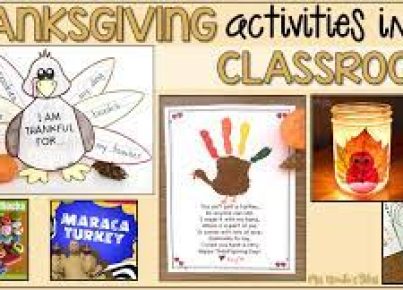Classroom labels can be crucial in establishing a functional and organized learning environment for students of all ages. As visual cues, they not only assist in maintaining order but also support students, especially younger or special needs learners, by providing a reliable structure within which they can operate.
For teachers, the benefits of using labels extend beyond mere organization. They help in creating an inclusive classroom atmosphere where every student, regardless of their level of reading or cognitive ability, knows where to find materials and resources. Furthermore, labels can be used to reinforce literacy skills as students associate words with objects, which is particularly beneficial for language learners.
One effective approach is to categorize labels into different types based on their use within the classroom:
1.Supply Labels: These labels help students quickly locate pens, pencils, markers, scissors, glue, and other frequently used items. Visual icons on these labels can help non-readers or ESL students.
2.Subject Area Labels: Labeling areas designated for math, science, reading, or art helps students know where to go for each activity and keeps subject-specific materials organized.
3.Bin and Basket Labels: Assigning labels to bins and baskets for toys, games, craft supplies, or books aids in clean-up and teaches responsibility as students put items back in the correct place.
4.Student Name Labels: Assigning a label with a student’s name to their locker, desk, or personal areas makes them feel welcomed and gives them a sense of ownership over their space.
5.Instructional Labels: These include labels for a word wall or other resources that present information or instructions relevant to lessons actively being taught.
6.Schedule and Routine Labels: Visually displaying the daily schedule helps students anticipate transitions throughout the day and become familiar with regular routines.
When creating classroom labels, it is important to consider readability (font size and type), durability (laminating them), uniformity (keeping a consistent aesthetic), interactivity (making them touchable or changeable when necessary), and inclusivity (incorporating visuals for broader comprehension).
Moreover, involving students in the process of making these labels can provide them with a sense of involvement and control over their environment which can increase motivation and enhance their overall learning experience.
In conclusion, well-thought-out classroom labeling is more than just an organizational tool; it’s a foundational element in creating a harmonious learning ecosystem that honors diversity, supports individual needs, and stimulates engagement through clarity and predictability. These visual reminders fortify independent learning habits among students by offering subtly guided paths throughout their educational exploration.





